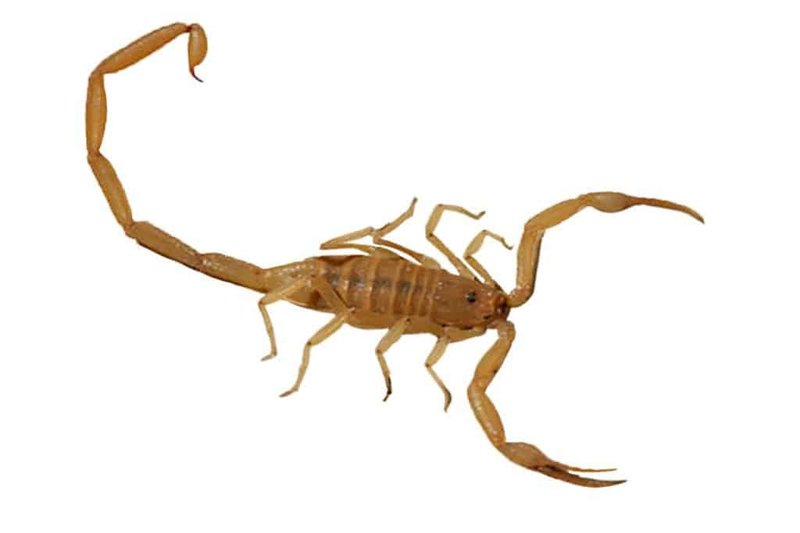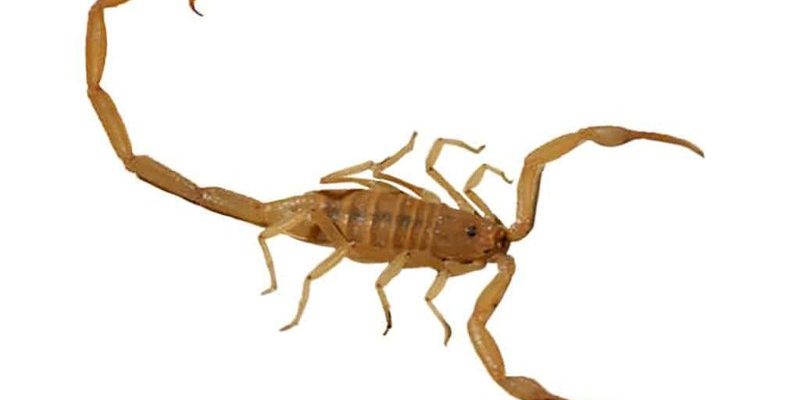
Taking care of an Arizona bark scorpion is like stepping into a mini-world of your own. They need specific habitat setups, a balanced diet, and care routines that keep them healthy. It might sound complicated, but don’t worry! I’ll break it all down for you, step by step, so you can be confident in providing a happy home for your new pet. Let’s dive into the basics of scorpion care, shall we?
Creating the Perfect Habitat
Setting up a comfortable habitat is key to keeping your Arizona bark scorpion healthy. You can think of their enclosure as a tiny version of their natural environment. You’ll want to provide enough space for them to explore and hide. A 10-gallon glass terrarium is usually a good size for one or two scorpions.
Make sure to include a secure lid, as these little guys are remarkable escape artists. You wouldn’t want to find your new pet wandering around your living room! Now, let’s talk about the substrate. A mix of sand and peat moss works well, allowing proper burrowing and humidity control. A depth of about 3-4 inches lets them dig in comfortably.
Don’t forget about the temperature and humidity levels. Arizona bark scorpions thrive in warmer conditions, typically around 80-90°F (27-32°C). During the day, they like it cozy, but at night, a slight drop in temperature is okay. You can use a heat mat or a light bulb to keep the enclosure warm. As for humidity, aim for around 30-40%. A small water dish is also helpful. Just change the water regularly to keep it clean!
Understanding Their Diet
Now that you have a cozy habitat set up, let’s move on to what makes these little guys tick—food! Arizona bark scorpions are carnivorous and primarily feed on insects. Crickets, roaches, and mealworms are all excellent choices. You might be wondering how often you should feed them. Generally, young scorpions need to eat more frequently—about every other day—while adults can be fed weekly.
When feeding, it’s best to offer live prey. Scorpions are natural hunters, and watching them catch their meal can be fascinating. However, be careful not to leave uneaten food in the enclosure for too long, as it can cause stress or even illness. If you notice leftovers after a day, it’s time to remove them.
Additionally, you might want to sprinkle some calcium or vitamin supplement on the insects before feeding them to ensure your scorpion gets the nutrients it needs. A well-fed scorpion is a happy scorpion!
Handling and Interactions
Handling your Arizona bark scorpion isn’t as scary as it sounds, but it does come with some important considerations. First off, remember that these are wild creatures, and most scorpions can sting if they feel threatened. While the sting of the Arizona bark scorpion is painful, it’s not usually life-threatening for healthy adults. Still, it’s best to approach them with respect and caution.
If you decide to handle your scorpion, use tools like a soft paintbrush or tongs to guide them into your hand or onto a different surface, rather than grabbing them directly. This keeps both you and the scorpion safe. It’s also essential to minimize handling to stress them out, especially in the beginning.
Start with short sessions and only if you notice your pet is comfortable. Over time, you’ll both get used to each other, making for a smoother relationship. Just remember, these little creatures are more for observation than for cuddling!
Common Health Issues
Just like any pet, Arizona bark scorpions can face health issues. Keeping an eye on changes in behavior can help you catch problems early. For instance, if your scorpion stops eating or becomes lethargic, it could signal stress or illness.
One common issue is improper humidity levels. If the air in their habitat is too dry, scorpions can have issues molting, which is crucial for growth. As they shed their exoskeleton, it’s important to provide the right conditions to facilitate this process. A small water bowl, as mentioned earlier, can help.
Another potential issue is dehydration. If you notice your scorpion appearing shriveled or not as vibrant, it might need more moisture. Ensure the substrate is damp but not soaking wet. If you have concerns about their health, consulting a vet who specializes in exotic pets can provide guidance and reassurance.
Keeping an Arizona bark scorpion as a pet can be a rewarding experience. With the right habitat, diet, and care, you’ll create an environment where your new companion can thrive. Remember, patience is key—both for you and your scorpion.
Whether you’re drawn to their unique beauty or their intriguing behaviors, there’s a lot to appreciate. Just like any other pet, they require attention and understanding. As you learn to care for your bark scorpion, you’ll be rewarded with the joy of watching this fascinating creature grow and thrive in your care. Explore the wonders of the scorpion world, and you might just find that these little arachnids have a special place in your heart!

